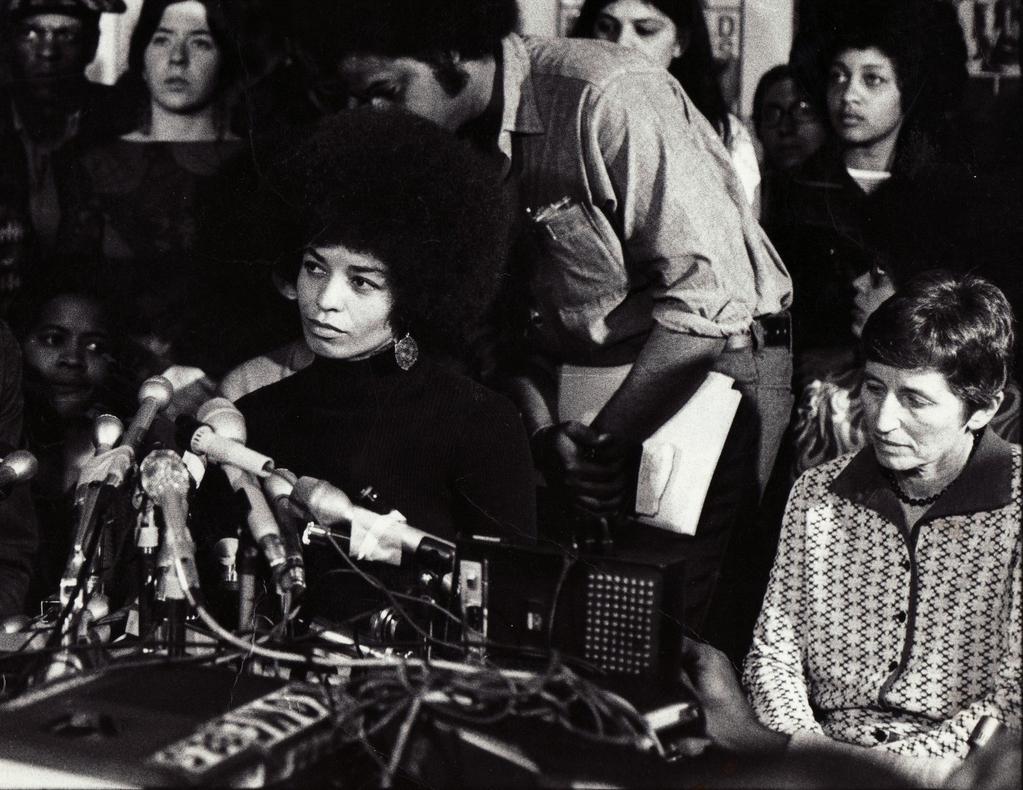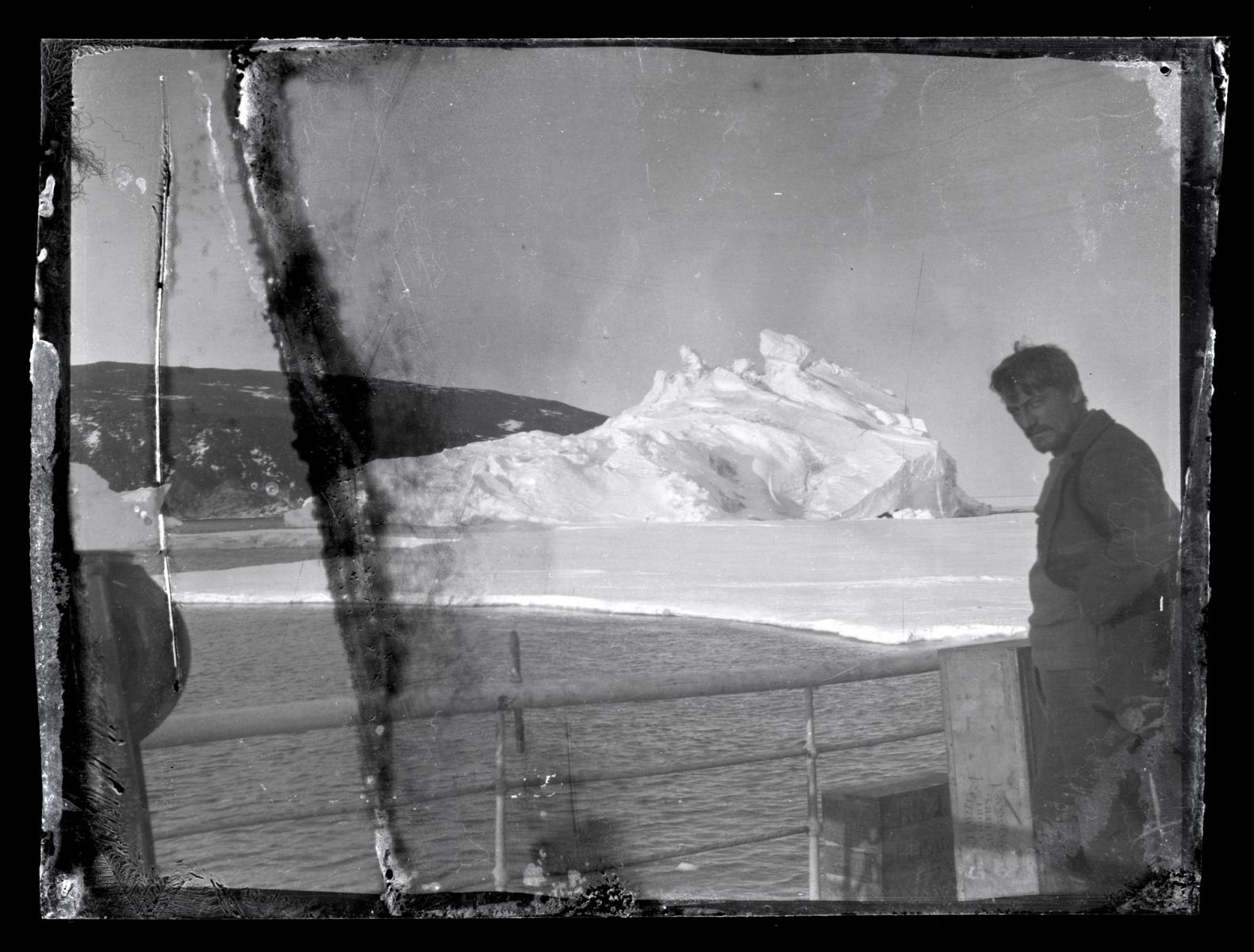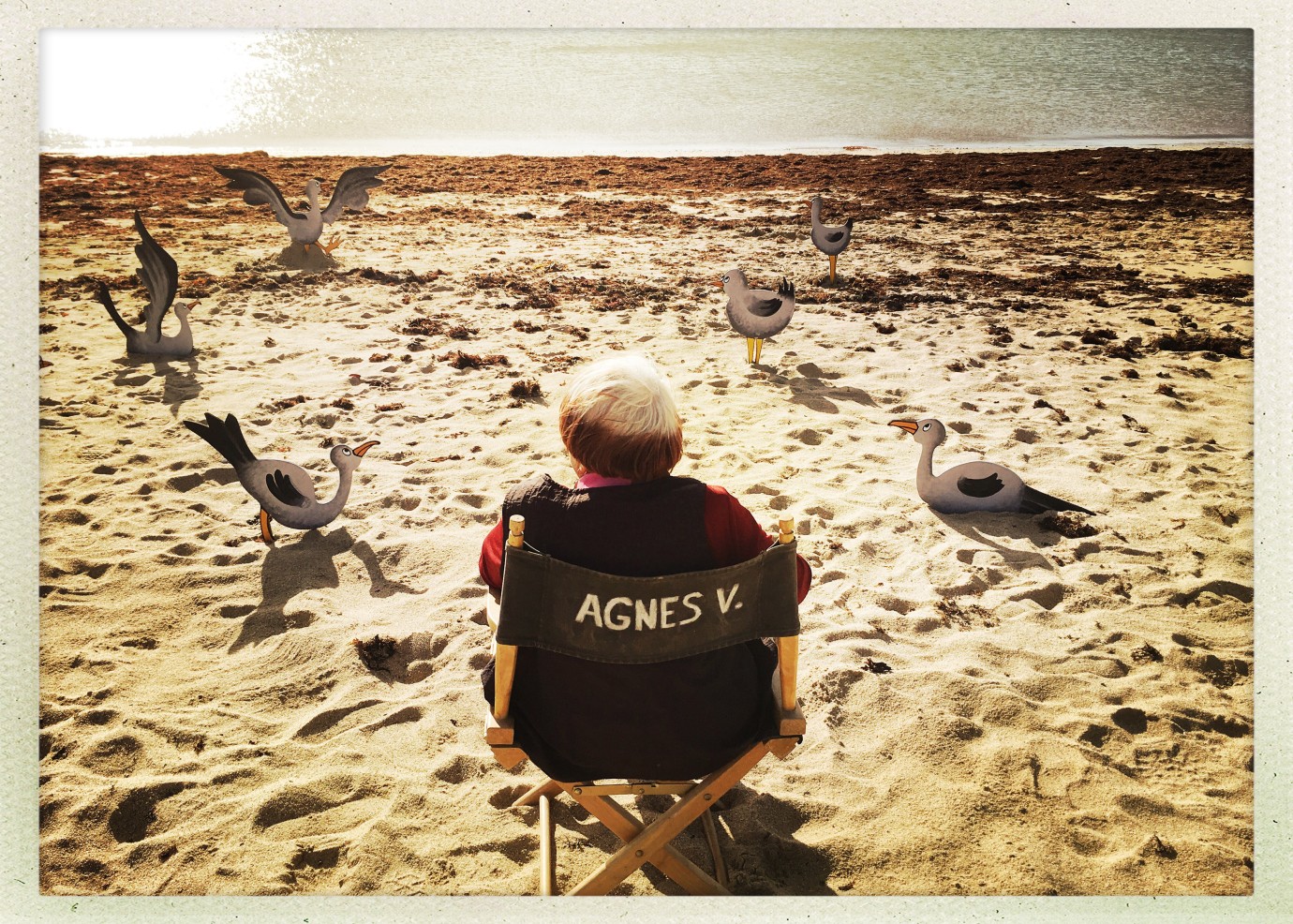1. Local news
Local to me, anyway.
- The SFFILM Festival kicks off on the 10th, with highlights including tributes to Claire Denis, Laura Dern, Laura Linney, and John C. Reilly; Jennifer Kent’s follow-up to The Babadook, a “state of cinema address” from Boots Riley; and a Maya Deren program with a live score. As in years past, I expect it’ll be most memorable for unexpected discoveries. (I’m excited about What We Left Unfinished, focusing on the “literal buried treasures” of the Afghan Film Archive, and The Grand Bizarre, the feature debut from experimental animator Jodie Mack.)
- Meanwhile, the SF Silent Film Festival announced its calendar (May 1 – May 5), with a program featuring Buster Keaton (The Cameraman and Our Hospitality), Aleksandr Dovzhenko’s 1930 masterpiece Earth, the awesomely-named Rapsodia Satanica, 1911’s L’Inferno (the first feature-length Italian film), and much more.
- BAMPFA’s African Film Festival series is ongoing through May, and announced an upcoming program (beginning April 25) of renowned Tibetan filmmaker Pema Tseden.
 2. Women’s History Month
2. Women’s History Month
March may be over, and with it “Women’s History Month”. But it’s always a good time to focus on contributions and perspectives from those excluded from the dude-canon. (How’s your #52FilmsByWomen going, by the way?)
- Throughout last month, SyFyWire ran a great “forgotten women in genre” series, shining a spotlight on overlooked artists like editor Margaret Sixel, production and costume designers Eiko Ishioka and Vera West, producer/director Debra Hill, and lots more.
- Milicent Patrick, who designed the iconic Gill-Man creature from the Black Lagoon, is beginning to get her due, as the subject of a new book and many related reexaminations.
- PBS rounded up some streaming docs on activist women, including the very excellent Free Angela and All Political Prisoners.
- And Richard Brody reports back on a new book of interviews with Lois Weber:
In 1928, she wrote of the rapidly declining fortunes of female directors in Hollywood (of whom she was only one of many), saying, ‘Women entering the field now find it practically closed. Frequently a male writer is given a directorial chance on the supposition that he ought to know better than anyone else how his story should be presented on the screen. But you do not hear of a woman writer being so favored.’ Moreover, she wrote, ‘Men bosses are also less tolerant of failure or mediocrity in a woman director than in a man.’ The sexist culture on sets and in offices also posed a problem. ‘Men also like men’s talk in a business which may or may not always be attuned to the ears of women,’ she wrote.
The more things change …
3. Archives
- Archives are an instrument of cultural memory, but as that term implies, the specifics of their use are fraught with political implications. Patrick Gathara argues that they, rather than museums, can assist in a process of colonial reckoning, but only if the objects on which colonialism is inscribed are returned to those who were oppressed, making them “curators of their own history.” Meanwhile, Chelcie Juliet Rowell and Taryn Cooksey argue for an ethic of care in confronting, and preserving, ugly histories, so that efforts to retain and make available hateful cultural products do not make us accomplices in their present-day promulgation.
- Digitizing historical footage in Connecticut: “Thanks to that grant for about $24,000 from the Institute of Museum and Library Services, the society was able to loan approximately 75 films to a company called George Blood LP, which specializes in digitizing audiovisual media. CHS has about 50 more films in its collection but will have to apply for another grant to complete the digitizing project. The grant, received in September 2017, also allowed them to digitize thousands of photos and negatives as well as maps, architectural drawings, lithographs and posters.”
- The odyssey of Scarecrow Video: “As for Scarecrow, it survived bankruptcy, the threat of closing and the death of its charismatic founder. In 2014, it became a nonprofit. And now, after 30 years, with more than 132,000 titles — many on VHS, laser disc and DVD — it is as much a cultural warehouse as anything else.”
 4. Exhibition, Streaming, Unearthing
4. Exhibition, Streaming, Unearthing
- The Guardian has a look at the dynamic between cinema exhibition, video clubs, cell phones, and the use of public space across Africa: “Meanwhile not all the old cinema buildings house shops. ‘Every 15 kilometres in Ghana, they used to have a cinema,’ said Cooke. ‘They’ve all closed down. They’ve turned them into churches.’
- A fascinating account of more celluloid documents beneath our feet: “For the past 100 years, a box of never-before-seen negatives has been preserved in a block of ice in Antarctica. Recently, Conservators of the New Zealand Antarctic Heritage Trust came across the 22 exposed, but unprocessed, cellulose nitrate negatives during an attempt to restore an old exploration hut.”
- Terry Collins argues that “the death of the physical medium has been greatly exaggerated”: “So, I’m grateful to home video for this kind of preservation, and I know I’m not alone. Yes, some folks might be dumping their DVD collections, but an equal number are getting some amazing deals in the online classified ads or at stores who specialize in used media. These same collectors are also purchasing new movies on Blu-ray – the prices of which have fallen substantially on thousands of catalog titles and can be found in Dollar General chain stories discounted for as little as $2.99 each.”
- Which sounds great. Unfortunately, Samsung, the market titan in Blu-ray players, also announced it’s abandoning their production.
- In the streaming realm, Ovid.TV is live: Wang Bing, Chris Marker, Mila Turajlić, and Jean Rouch among the offerings. Criterion’s streaming service officially launches on the 8th, after a steady, predictably stellar roll-out of weekly movies-of-the-week like Mikey and Nicky, Wanda, and To Sleep With Anger.
- Video Psychosis digs into low-budget horror, cult esoterica, and other miscellaneous vaults of disrepute. Episode 3 — “Killer turkey men, bad acid trips, Egyptian sacrifices, human flamethrowers & MORE” — here.
 5. RIP
5. RIP
When I thought to include an in memorium section in this inaugural round-up, I didn’t anticipate how emotional it would be. I expect, as we mark anniversaries of cinema’s first century and a quarter, we’ll have to get used to this.
- It seems impossible — intolerable — that Agnès Varda is gone. Despite living 90 years, and with diary films frequently fixated on death and impermanence, she always seemed too curious to rest. There are many tributes, and many more to come. This Bright Wall/Dark Room interview is essential (“I am in time. I’m old. I’ve been crossing time for years. I love the idea that even with a bad memory I can pick something which is years ago or someone I met years ago and I am here, and I enjoy it.”). So is this one in The Guardian (“’The grandmother of the New Wave!’ I found it funny, because I was 30 years old!”) I took a break from reading the obits and then came across this deliciously confrontational 1977 discussion, and missed her all over again (“If women must independently find their images, what of feminist-friendly men? ‘If men want to join, leave the door open. They can listen,’ Varda says.”) Elsewhere, she told an interviewer: “Finding fun where sometimes it’s just a bore; finding fun when it’s a burden. You can always make something look different.” When I think of Agnès Varda, I think of possibility, and light, and lightness, and the world seems heavier without her.
- We also lost another irrepressible auteur in Larry Cohen. Subject of the recent Shudder doc King Cohen, he’s often summarily inserted under the heading “cult director” — true enough, but it doesn’t come close to encapsulating his long, weird career and singular visions. Film School Rejects has a “Larry Cohen starter kit”. Will Harris’ oral history of Q: The Winged Serpent for The Dissolve remains a hilariously insightful tribute.
- Enigmatic, fiercely beloved pop chameleon Scott Walker died at 76. Many of his incarnations are intertwined with cinema, from the films he scored (Carax’s Pola X, notably, and Vox Lux just last year among them) to the ones he programmed as part of the Meltdown Festival.
- Hollywood Reporter: “John Carl Buechler, whose Hollywood horror makeup and special effects made movies like Hatchet, Deep Freeze and the Michael Moriarty-starrer Troll into classic frightfests, has died. He was 66.”
- Pioneering performance artist, avant-garde filmmaker, and general creative force Carolee Schneeman passed on at 79. Maggie Nelson’s piece in The New Yorker, on Schneeman’s “re-enchantment,” is astute and affecting: “Carolee’s long-standing devotion to pleasure and atrocity, ecstasy and rage, protest and preservation has provided and will continue to provide a lavish example of what it might mean to meditate on these two crucial questions in the course of a life.”

